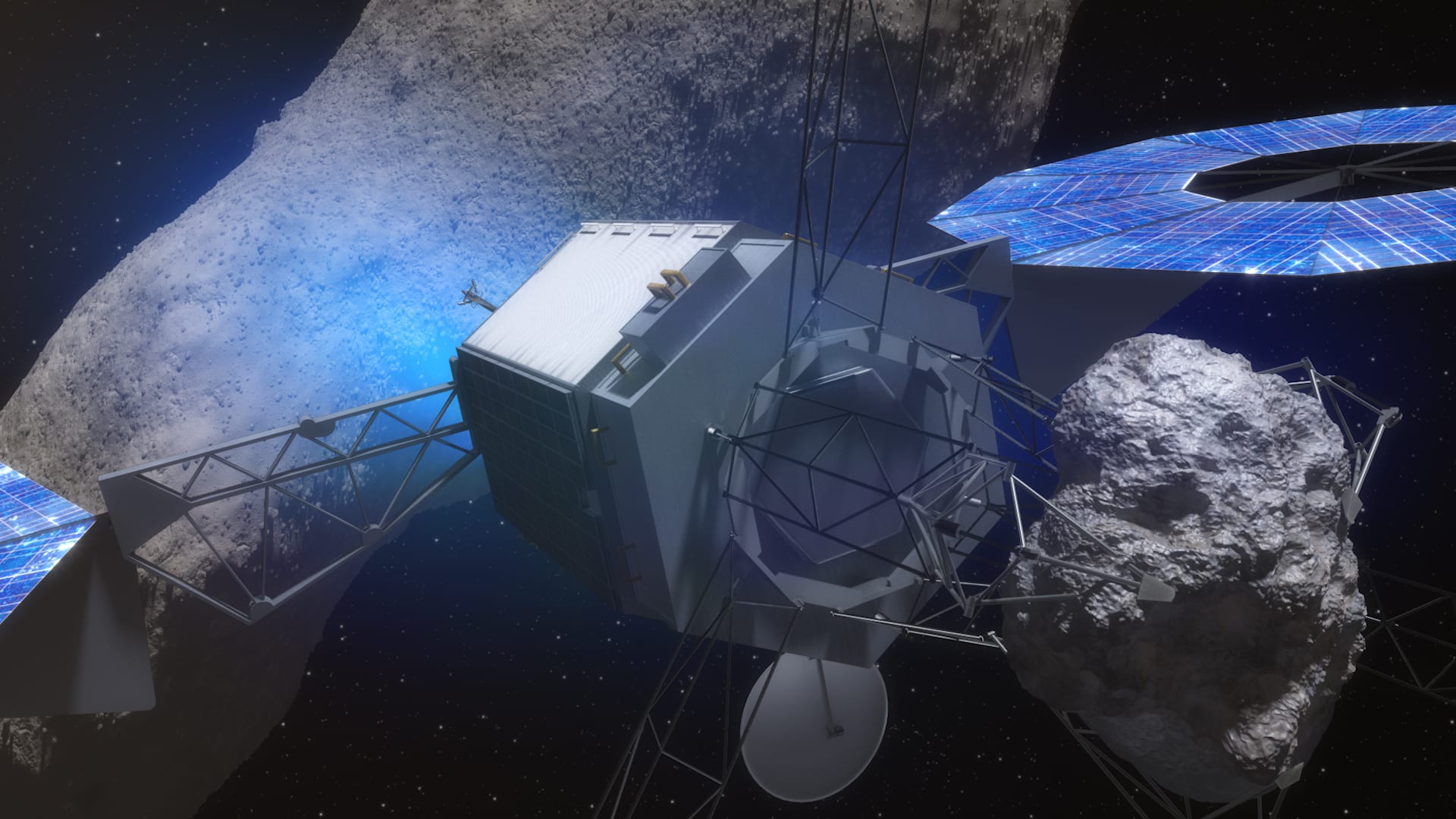Welcome to Star Wars week here at the Athens Science Observer. To help celebrate May the 4th – Star Wars Day – we wanted to take a look at the real life science of that galaxy far far away.
To start off, we'll dive into one of the most iconic pieces of Star Wars culture: The Death Star. Debuted in the 1977 film Star Wars, this moon sized space station was built as a symbol of the Emperor's inviolable rule, and was capable of destroying an entire planet with a single blast.
Despite its questionable uses, many nerds have asked if the construction of a Death Star is possible using current Earth technology. This may seem like an inherently frivolous notion, but petitions exist to build a working Death Star. One in particular, sent to the Obama Administration in 2012, suggests that building a Death Star would spur job creation and strengthen our national defense.
The Obama Administration does not support blowing up planets
To my amazement, the White House officially responded, noting “This isn't the petition response you’re looking for…†Apparently, such a project would be cost prohibitive, since it would take $850 septillion to build a Death Star. And of course, the Obama Administration does not support blowing up planets, nor would they fund a project that comes with a “fundamental flaw, which can be exploited by a one-man starship.â€
But supposing we had the desire, do we also possess the means to build a working Death Star? Construction can be broken down into three general aspects: (1) Physical construction of the space station (2) Getting the parts into orbit (3) powering the station.
Construction:
According to Wookiepedia, the spherical station was 120 kilometers in diameter and had 357 floors. To put this into perspective, the Death Star's diameter is roughly 10x smaller than that of Earth's moon, and three times as tall as the Burj Khalifa, Earth's tallest building.
In terms of construction material, steel is the first that comes to mind. Iron ore, the major ingredient in steel production is plentiful, allowing steel to be manufactured in large quantities, 1.3 billion tons annually. It is also relatively cheap at $800 per ton. Unfortunately due to the Death Star's size, estimates place the amount of steel required at just over 1×1015 tons, which would take roughly 830,000 years to produce.
Fiberglass reinforced polymers (FRPs) are currently the only viable alternative for steel in large construction projects. Unfortunately, FRPs may not be the tech we're looking for, as they provide less tensile strength than steel. On the other hand, FRPs weigh less than steel and provide increased flexibility during the construction process — less tools and heavy machinery — which can factor into overall construction ease. In the end, a combination of both steel and FRPs would be necessary for construction of a Death Star.
Getting it to space:
Similar to the construction of the International Space Station (ISS), a Death Star could be built in stages on Earth, and shipped into orbit for assembly. However, according to NASA, it costs $10,000 to send 1 kg of material into orbit. Though NASA has plans to reduce this cost by 2050, the astronomical price of sending 1×1015 tons of steel into space rules out Earth-based construction for a Death Star.

Thankfully, the scientists at NASA have us covered. The NASA Asteroid Redirect Mission, scheduled to go into effect by 2020, aims to collect an asteroid and place it in orbit around the moon for extensive study. The mission has many goals, but many center around asteroid capture and mining. A captured asteroid could provide many of the raw materials necessary for the construction of a Death Star, without the cost of shipping them into space.
Brian Muirhead, head of the Asteroid Redirect Mission, has even stated in an interview with Wired Magazine, that a hollowed out asteroid could provide cheap, durable scaffolding for a Death Star.
Power:
After the station is complete we'll have to find some way to power it. As portrayed in the movies, the Death Star requires a lot of power to maintain life support, artificial gravity generators, hanger bays, trash compactors, and of course a giant planet destroying laser. Though never explicitly stated, many believe the Death Star power reactor is a fusion reactor.
Fusion is the process where two lighter atomic nuclei fuse to form a heavier nucleus. When they combine a release of energy is expected in accordance Einstein's E=mc2, where a heavier mass equates to a larger energy release. Our sun undergoes this process everyday, and produces 3.86×1023 kilowatts of power. For comparison, the solar panels aboard the ISS generate 120 kilowatts of electricity, while the Palo Verde nuclear fission plant in Arizona can generate 3,400,000 kilowatts.
As of January 2016, fusion technology is not yet practically viable, but many physicists are working on this problem. The current leading designs are the ARC fusion reactor from MIT and the Wendelstein 7-X from the Max Planck Institute.
So, based on the criteria covered here, can we build a working Death Star? We'll give it a definite maybe. It is physically possible to build one, though the cost, time, and labor are well outside our current grasp.
Yet, despite our inability to create a working Death Star, remember its power to destroy a planet, or even a whole star system, is insignificant next to the power of the Force. We'll learn more about the Death Star and its construction in the upcoming Star Wars film: Rouge One, which centers around the rebellion team tasked with stealing the Death Star plans. Until then, happy Star Wars week, and May the 4th be with you always.
About the Author
 Rishi R. Masalia is a PhD candidate in the Dept. of Plant Biology at the University of Georgia studying the genetics of drought resistance in sunflower. He is a former University of Arizona Wildcat, Coca-Cola addict, smooth dance machine, science fiction savant, and all around nerd. Rishi is a founding member of the Athens Science Cafe, and co-founder of the Athens Science Observer of which he is Editor-in-Chief and Advice Columnist. He can be reached at masalia@uga.edu, or followed on Twitter @RishiMasalia. More from Rishi R. Masalia. Rishi R. Masalia is a PhD candidate in the Dept. of Plant Biology at the University of Georgia studying the genetics of drought resistance in sunflower. He is a former University of Arizona Wildcat, Coca-Cola addict, smooth dance machine, science fiction savant, and all around nerd. Rishi is a founding member of the Athens Science Cafe, and co-founder of the Athens Science Observer of which he is Editor-in-Chief and Advice Columnist. He can be reached at masalia@uga.edu, or followed on Twitter @RishiMasalia. More from Rishi R. Masalia. |
About the Author
- athenssciencecafehttps://athensscienceobserver.com/author/athenssciencecafe/April 17, 2020
- athenssciencecafehttps://athensscienceobserver.com/author/athenssciencecafe/April 12, 2020
- athenssciencecafehttps://athensscienceobserver.com/author/athenssciencecafe/April 3, 2020
- athenssciencecafehttps://athensscienceobserver.com/author/athenssciencecafe/March 30, 2020







